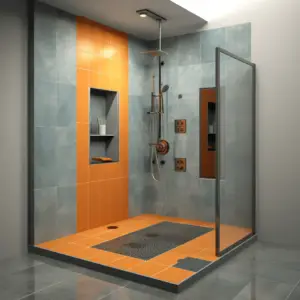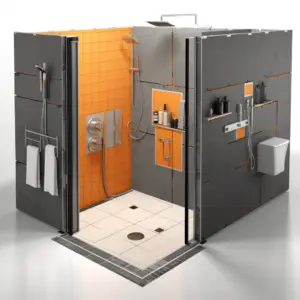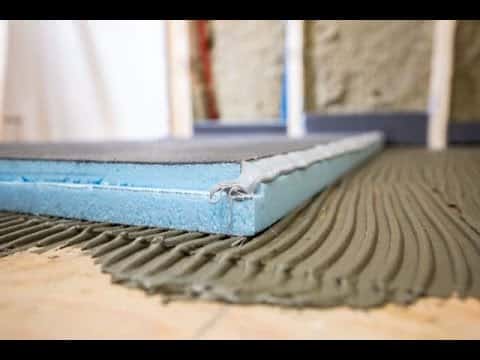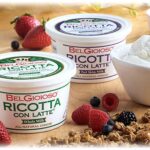When it comes to shower systems, the showdown often ends up between two types of shower systems: Wedi vs Kerdi. Both options are fairly popular for renovating an old standing shower. While Wedi looks easy to install, Kerdi is said to be more flexible for a custom-shaped shower.
Here’s a quick comparison guide you may want to check out before making the final decision.
Table of Contents
Wedi vs Kerdi Overview

Both Wedi and Kerdi shower systems have their advantages. Wedi, for instance, is known to be faster, but in some ways as flexible. But still, you can do some stuff with Wedi you really couldn’t have managed any other way, so how functional Wedi depends on the application.
For example, if you’re looking for a high fashion scroll-designed, free-standing shower, you’ll have to steer clear of building conventionally or with Kerdi. But with Kerdi, you can buy a kit, glue it together, and be tiling it in less than a day.
Wedi vs Kerdi: Flexibility
As previously mentioned, Kerdi is said to be more flexible, especially for a custom-shaped shower pan. You can use their preformed pans as you would with Wedi– you just have to modify them slightly. Note that too much modification will leave you with problems with aesthetics.
However, with Kerdi, you can save your money and make your pan out of the conventional deck mud. It’s a very inexpensive approach- all you need is sand with Portland to hold it together. Kerdi also allows you to finish the walls with regular drywalls, given that the membrane is totally waterproof. Yet the drywall will be perfectly fine behind it.
With Wedi, the panels can be screwed directly to the studs. As for the seams, you will have to get a good bead of their specific urethane glue or caulk and then seal the screw holes as well. Another positive aspect of Wedi is that it also adds some insulation. That means the floor and walls will warm up quicker, although the same is true even with the Kerdi foam pan.
However, with Kerdi, you will need to get a good overlap. Installing Kerdi is more like installing wallpaper, it’s just that there’s no pattern to match and you want the edges to overlap.
The overlaps can be obtained in either full sheet, which is easier or uses the thinner Kerdi-band material.
Wedi vs Kerdi: Cost
In terms of cost, if you don’t use the Kerdi pan, and you make your own instead, the entire process would end up less expensive. However, if you use the Kerdi pan, then both Kerdi and Wedi are probably close to the same costs.
Kerdi material is more widely available, so you may have a chance of some price competition. On the other hand, Wedi is not so well represented across the country, meaning your choices of supply may be more limited, although this also depends on where you live.
If you’re going to use their pan, then the cost is about the same as Kerdi. But Kerdi is known to be more flexible and easier to use in comparison.
Wedi vs Kerdi: Application

If you have straight walls, and you screw the drywall for use with Kerdi or screw down Wedi panels, the shower system will be straight. If the walls are not straight, none of these options will give you a straight wall unless you fix it first.
Note that Wedi panels can be cut in between sizes just like drywall. With Wedi, however, you will have to cut a new rabbit to seat the panel in. The Kerdi membrane is a bit sturdier than the covering on the Wedi panel, but if it is intact before you tile, both options are fine.
Wedi panels also need to be sealed properly along with the screws. Keep in mind that Kerdi is hydrophobic, meaning it repels water even when you have a great seam. However, Wedi doesn’t, which is why you’ll have more flexibility with Kerdi. Given the right circumstances, you can use either of these without any problem.
Wedi vs Kerdi: Drywall Backing
When using Kerdi, you will realize that it works much better when mixed with thinset quite loose. It wets the Kerdi better so you don’t get lumps. It may not be as simple when you’re installing a product like Kerdi. The point is that as long as there’s a completely waterproof membrane on the front of the drywall, the sheetrock will never get wet.
Wedi, on the other hand, seems like it should be more reliable, given that the seams are sealed with a urethane adhesive. But previous tests have affirmed that in a proper Kerdi seam, water under pressure- submerged which isn’t common in a shower- only penetrates about ¼”, yet they specify at least 2” overlap. But with Wedi, you won’t e anywhere near that margin.
Again, both are pretty much reliable and are not hard to use. They have their pros and cons. As with anything, there is some skill involved in the installation. Mixing the thinset for use with Kerdi can result in a bigger issue with it.
Similarly, getting a good seal at the joints and penetrations of the screws with Wedi can be a weak point in creating a rabbit joint if you want to cut it to fit. Neither is of these is a horrible limitation and a typical moderately skilled DIYer can do it successfully.


